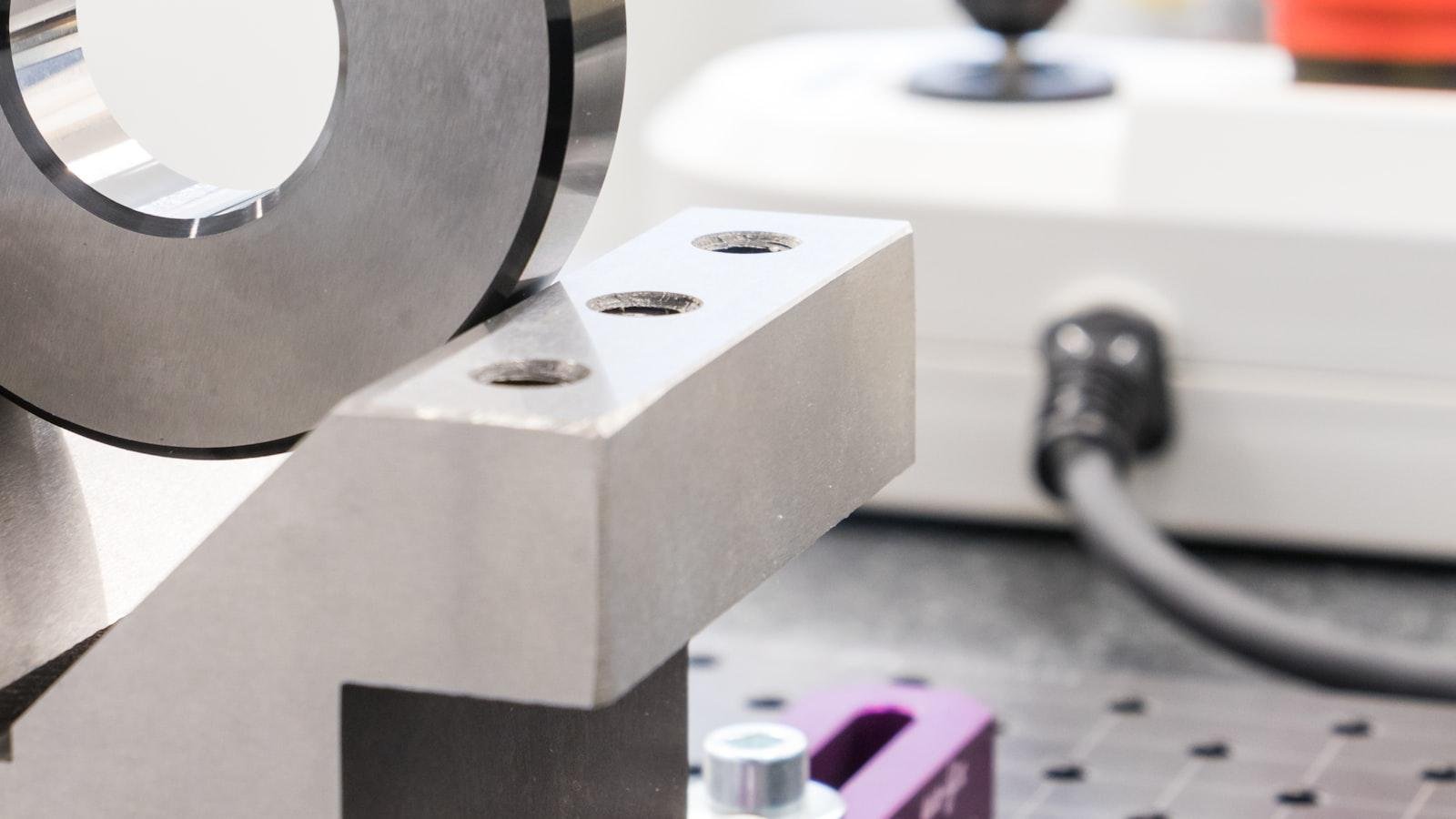As the world hurtles towards a future shaped by ever-advancing technology, one particular innovation stands out as a potential game-changer: autonomous vehicles. These self-driving marvels are set to revolutionize the way we think about transportation, promising increased safety, efficiency, and convenience on the roads. In this article, we’ll explore the rise of autonomous vehicles and how they are reshaping the future of driving.
Heading 1: The Benefits and Challenges of Autonomous Vehicles
Autonomous vehicles, also known as self-driving cars, offer a plethora of benefits to society. One major advantage is the potential to significantly reduce traffic accidents caused by human error. With advanced sensors and artificial intelligence, autonomous vehicles can react faster and more precisely to their surroundings, potentially saving thousands of lives each year. Additionally, these vehicles have the potential to increase accessibility for individuals who are unable to drive due to age or disability, allowing them to maintain their independence.
However, the rise of autonomous vehicles also comes with its fair share of challenges. One of the main concerns is the ethical implications surrounding decision-making during emergencies. For example, should a self-driving car prioritize the safety of its occupants over pedestrians? Another challenge is the potential impact on the job market, as autonomous vehicles may lead to job displacement for millions of individuals in the transportation industry. Despite these challenges, the future of autonomous vehicles holds promise for revolutionizing the way we travel and shaping the cities of tomorrow.

Heading 2: Advancements in Technology Driving the Adoption of Self-Driving Cars
Advancements in technology have paved the way for the rapid adoption of self-driving cars, revolutionizing the automotive industry. With the development of sophisticated sensors, artificial intelligence, and machine learning algorithms, autonomous vehicles are becoming increasingly reliable and safe on the roads. Companies like Tesla, Waymo, and Uber are at the forefront of this technological revolution, continuously pushing the boundaries of what is possible in the realm of self-driving technology.
One of the key drivers behind the rise of autonomous vehicles is the potential for increased safety on the roads. Self-driving cars have the ability to react faster than human drivers, reducing the risk of accidents caused by human error. Additionally, autonomous vehicles have the potential to revolutionize transportation for individuals with disabilities, elderly individuals, and those who are unable to drive themselves. As self-driving technology continues to evolve, we can expect to see a significant shift in how we think about transportation and mobility in the future.

Heading 3: How to Ensure Safety and Security in the Age of Autonomous Vehicles
With the rapid advancement in technology, autonomous vehicles are becoming more prevalent on our roads. While these vehicles offer convenience and efficiency, ensuring safety and security is paramount in this new age of transportation. One way to improve safety is through implementing robust cybersecurity protocols to prevent hacking and data breaches. It is crucial for manufacturers to continuously update and maintain the software of autonomous vehicles to stay ahead of potential threats.
Moreover, the development of reliable sensors and cameras is essential to enhance the vehicle’s ability to detect and react to its surroundings accurately. Regular testing and simulation exercises can help identify any vulnerabilities in the system and address them promptly. Additionally, educating both drivers and pedestrians on how to interact with autonomous vehicles can help minimize accidents and enhance road safety for everyone.

Heading 4: The Future of Transportation: Maximizing the Potential of Driverless Cars
Autonomous vehicles have taken the transportation industry by storm, revolutionizing the way we travel and paving the way for a more efficient and sustainable future. With cutting-edge technology and advanced algorithms, driverless cars have the potential to greatly reduce accidents, traffic congestion, and carbon emissions, making our roads safer and our environment cleaner.
From self-parking capabilities to navigating complex road conditions, autonomous vehicles are equipped with a wide array of sensors and cameras to detect and respond to their surroundings in real-time. This technology not only enhances the overall driving experience but also opens up a world of possibilities for increased mobility and accessibility for individuals with disabilities or limited mobility. As we continue to push the boundaries of innovation, the future of transportation is undoubtedly heading towards a driverless revolution.
Closing Remarks
As we continue to pave the way for the future of transportation, the rise of autonomous vehicles promises to revolutionize the way we travel. From safety improvements to increased efficiency on the road, these self-driving cars have the potential to transform our daily lives in ways we never thought possible. So buckle up, because the road ahead is sure to be an exciting and transformative journey as we drive into the future with autonomous vehicles leading the way.


